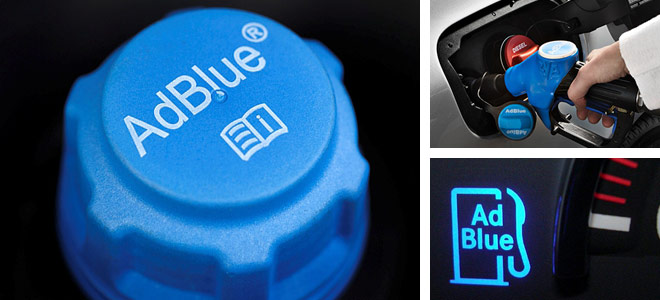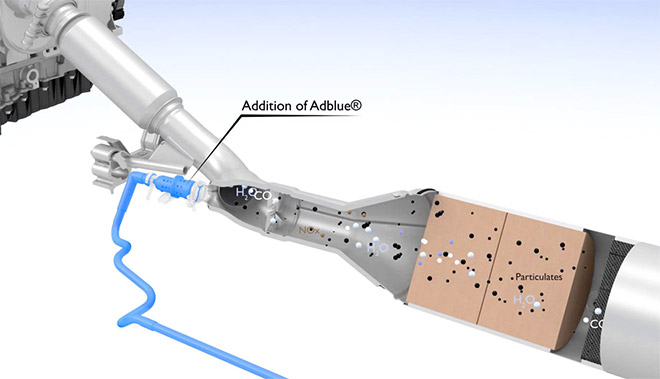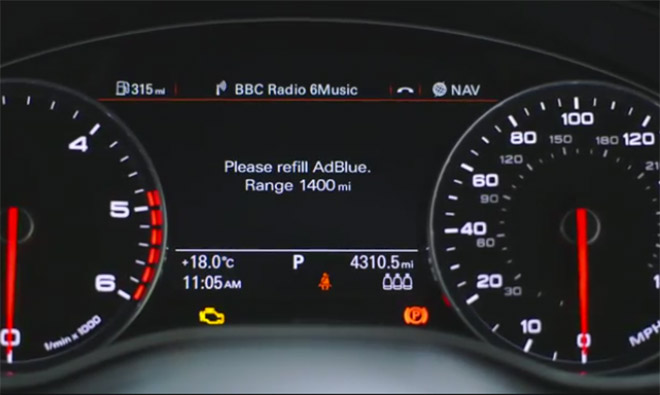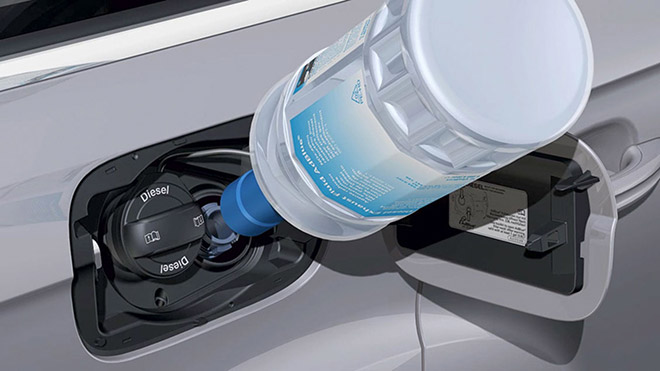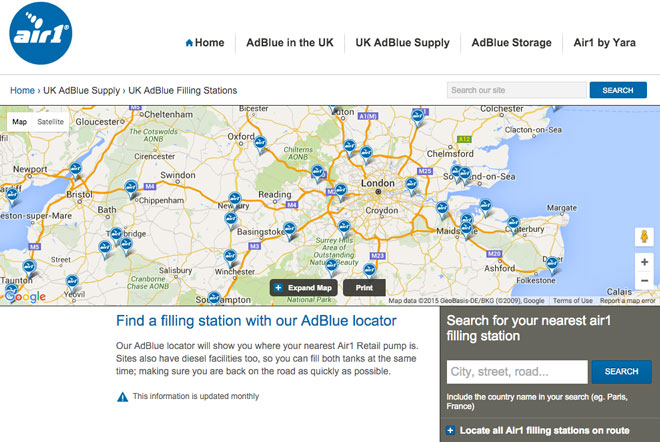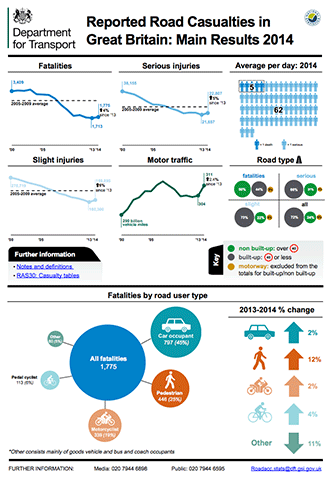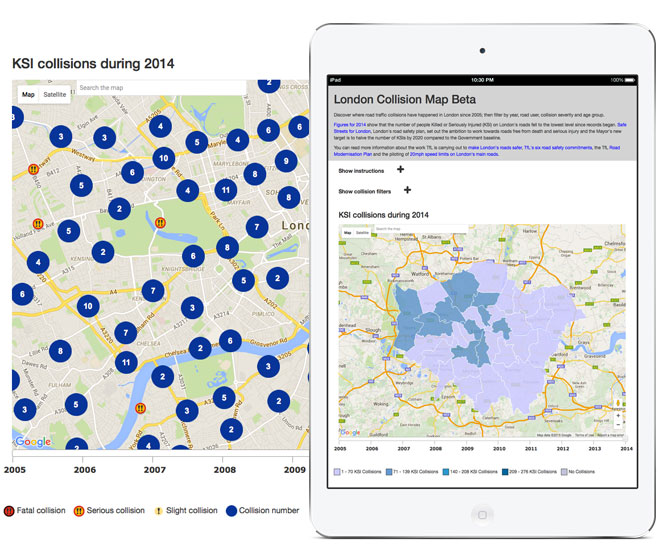This August at WVL, we’re hosting an unmissable motoring event! We’ve invited over 20 of the leading manufacturers to provide their latest, greatest vehicles for you to drive in what can only be described as the ultimate test drive event!
Test Drive Your Best Drive
WVL have always put excellent customer service and insightful advice at the top of the list when it comes to winning and maintaining long term customers. Our event acknowledges that when a customer is in the market for a new vehicle, they’re faced with having to visit countless different dealerships, trying to coordinate test drives between them all, and having to remember all the facts and figures about each vehicle – not to mention how the look and feel of one compares to another. We also understand that brand-specific sales staff are of course obliged to favour their own when customers ask comparative questions.
What’s missing in the usual process?
Customers rarely – if ever – have the opportunity to compare different manufacturers’ vehicles side-by-side, test drive them back-to-back, and to gain objective advice and opinion about the pros and cons of each from truly impartial experts.
And that’s why, this August, we’re hosting this multi-marque, near-‘Olympic’-scale test drive event!
Each week we’ll focus on a particular category of vehicle, starting with Small Cars on the 1st August, on to Family Saloons, SUVs and 7-Seaters, week on week. Customers will be able to view and drive their choice of vehicles from our Windsor Showroom and gain a unbeatable opportunity to pitch them head-to-head.
Leasing Experts
Don’t forget, we’re leasing specialists and with a savvy team well-versed in how best to make the most of any motoring budget, we’re here to help you find the perfect vehicle for the ideal monthly payment.
Leasing is the smart, depreciation-beating way to drive a new car, and our month-long event this August gives you access to a full range of makes and models – and the very best deals – all under one roof here at WVL.
Book now!
We’re taking bookings already to ensure we can guarantee customers’ choice of vehicles and ample appointment time, so please register your interest now!
Click through to wvl.co.uk/testdrive for a full listing of all the vehicles available each week. Spot your favourites, complete the enquiry form, and book your test drives today!




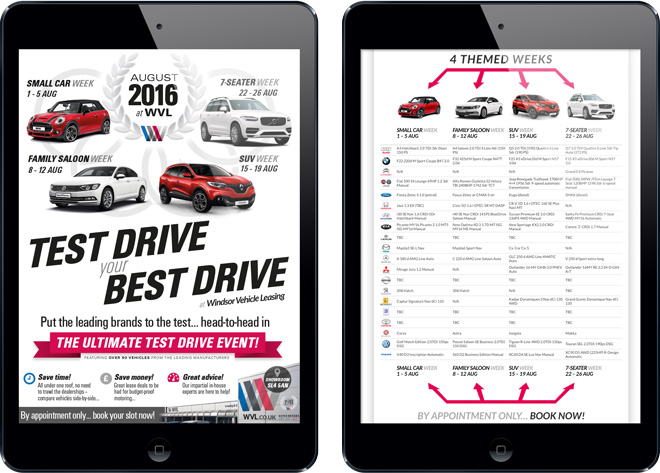
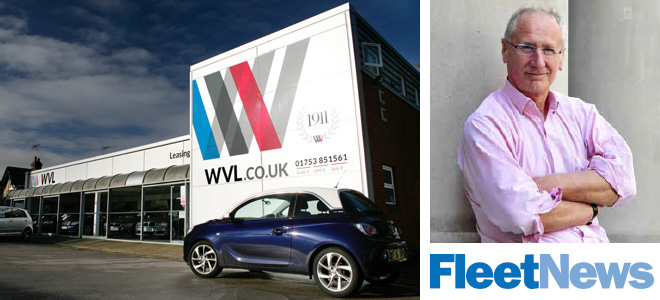
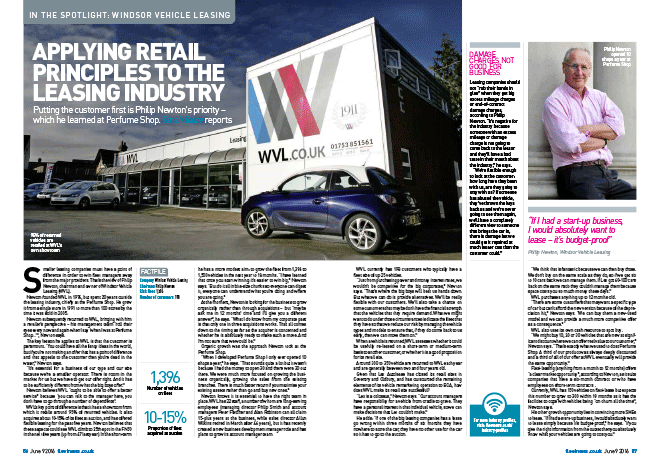
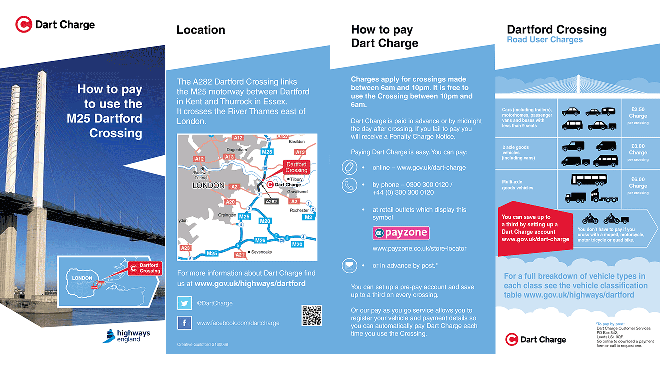
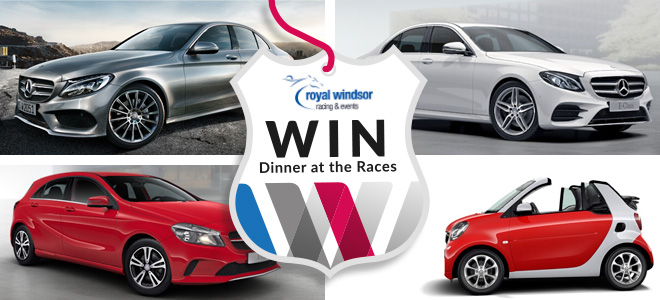
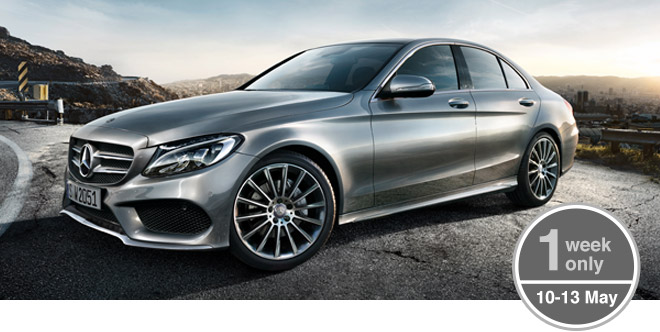
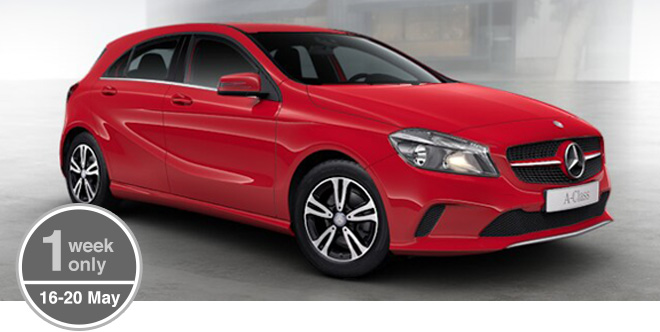
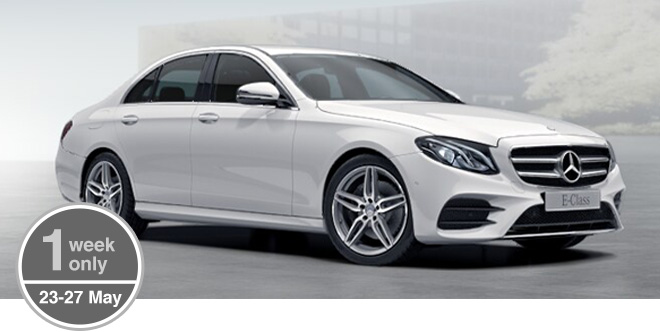
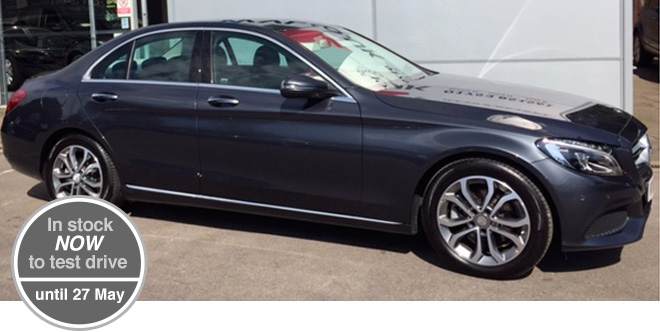
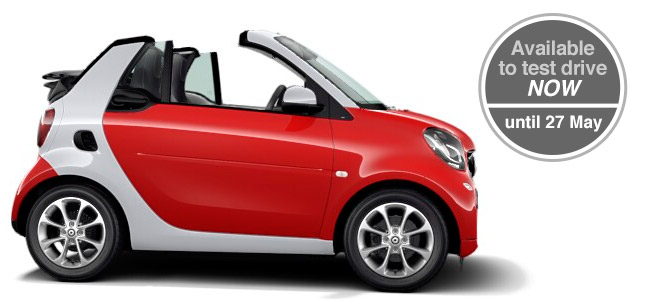



 New for 2015, WhatCar? introduced the
New for 2015, WhatCar? introduced the 


